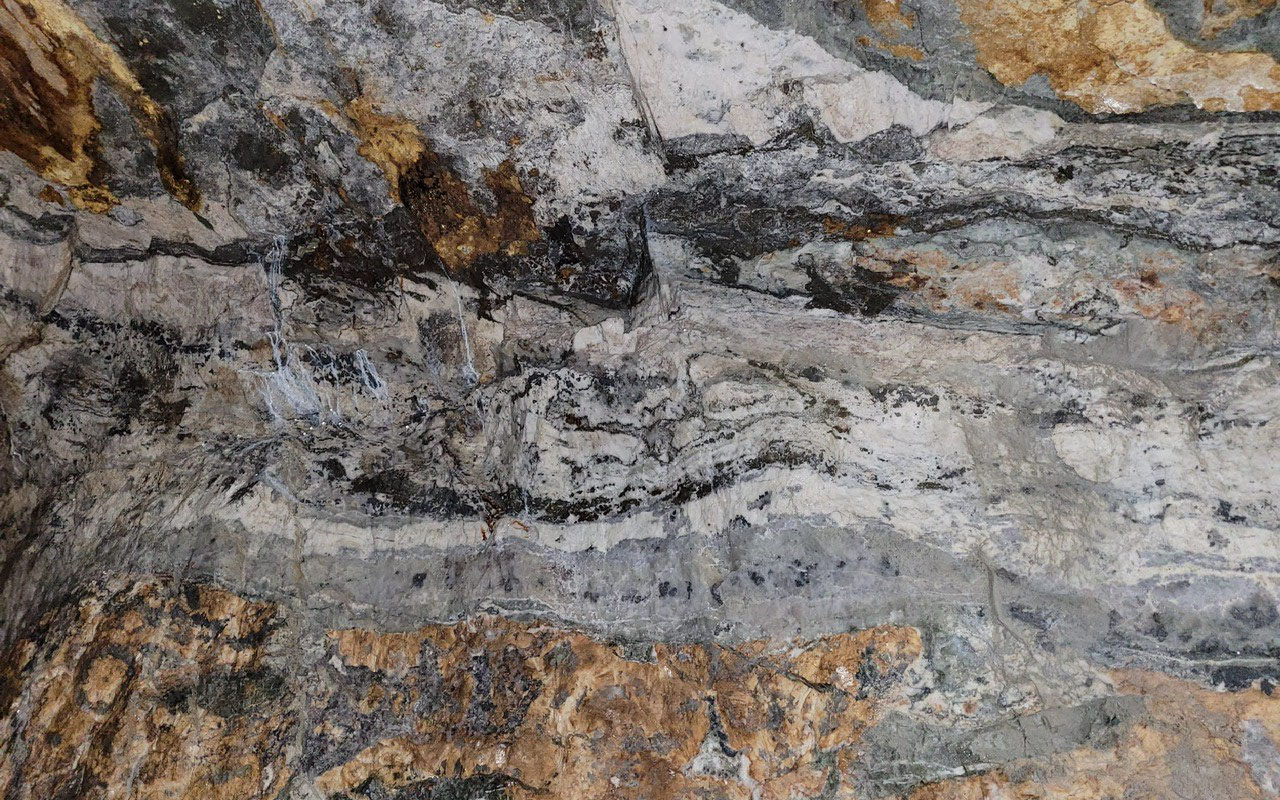- Marilena Moroni - Università di Milano
- Stefano Naitza - Università di Cagliari
- Licia Santoro - Università di Torino
- Simone Vezzoni - CNR, Istituto di Geoscienze e Georisorse, Pisa
Green transition/decarbonization, industrial activities as well as everyday life require a wide range of raw materials, involving critical, strategic and base mineral resources whose production is at present monopolized by few countries, often with geopolitical issues. To establish new safe and more sustainable supply chains, it has become imperative for EU and other western countries to reconsider and re-evaluate domestic mineral resources, including those of historical mining districts. To achieve this result, new exploration guidelines are required, implying different approaches and significant improvements in the knowledge of mineral deposits, particularly in terms of critical raw materials. Understanding the mechanisms of minerogenetic processes is cardinal (a) to properly evaluate the true economic potential of historically known ore districts or crustal blocks, (b) to perform successful targeting during exploration and (c) to plan exploitation and processing of mineral resources and management of related mine wastes according to best practices for social, environmental and economic sustainability. The session is open to contributes to the fields of ore geology, ore mineralogy and mineral exploration geological and mineralogical contributes to assessment, exploitation and processing of ores are also welcome, as well as studies on sustainable management and possible re-mining of modern and historical mining wastes.
Mineral resources, Sustainability
EXPECTED KEYNOTES
Eric Pirard, Université de Liège
"A deeper insight into possible mineralogical barriers and extractable global resources"
Since Brian Skinner's keynote in 2001 referring to the existence of a thermodynamic limit under the name of "mineralogical barrier", little work has attempted to establish the existence of this limit and its impact on the recoverable amount of metals from the Earth's crust. A United Nations report (UNEP, 2011) unilaterally adopted the idea that the global extractable resources (EGR) represented 0.01% of the crustal content. As a result, several authors have recently published alarming figures on the imminent depletion of such important metals as antimony or zinc (Henckens, 2016). In this presentation, we will analyse the specific case of zinc and try to explore in a more rigorous way the notion of ultimate resource and the possible existence of a thermodynamic limit. While it is obvious that we need to develop a real stewardship for metals in the anthroposphere, it is also quite obvious that resource extraction will satisfy humanity's needs well beyond the next century.
Gian Andrea Blengini, Politecnico di Torino
"Critical raw materials in the EU and international agendas"
Building on the EU's experience in performing periodic criticality assessments and updating the EU list of Critical Raw Materials every three years, the contribution will provide a brief overview of what critical materials are, why they are so important in the context of the European Green Deal and more generally for the energy and digital transitions, who is assessing criticality in the international framework, how and for what purposes. The discussion will touch on possible causes of critical materials supply crises and possible mitigation countermeasures, including the role of circular economy strategies.

